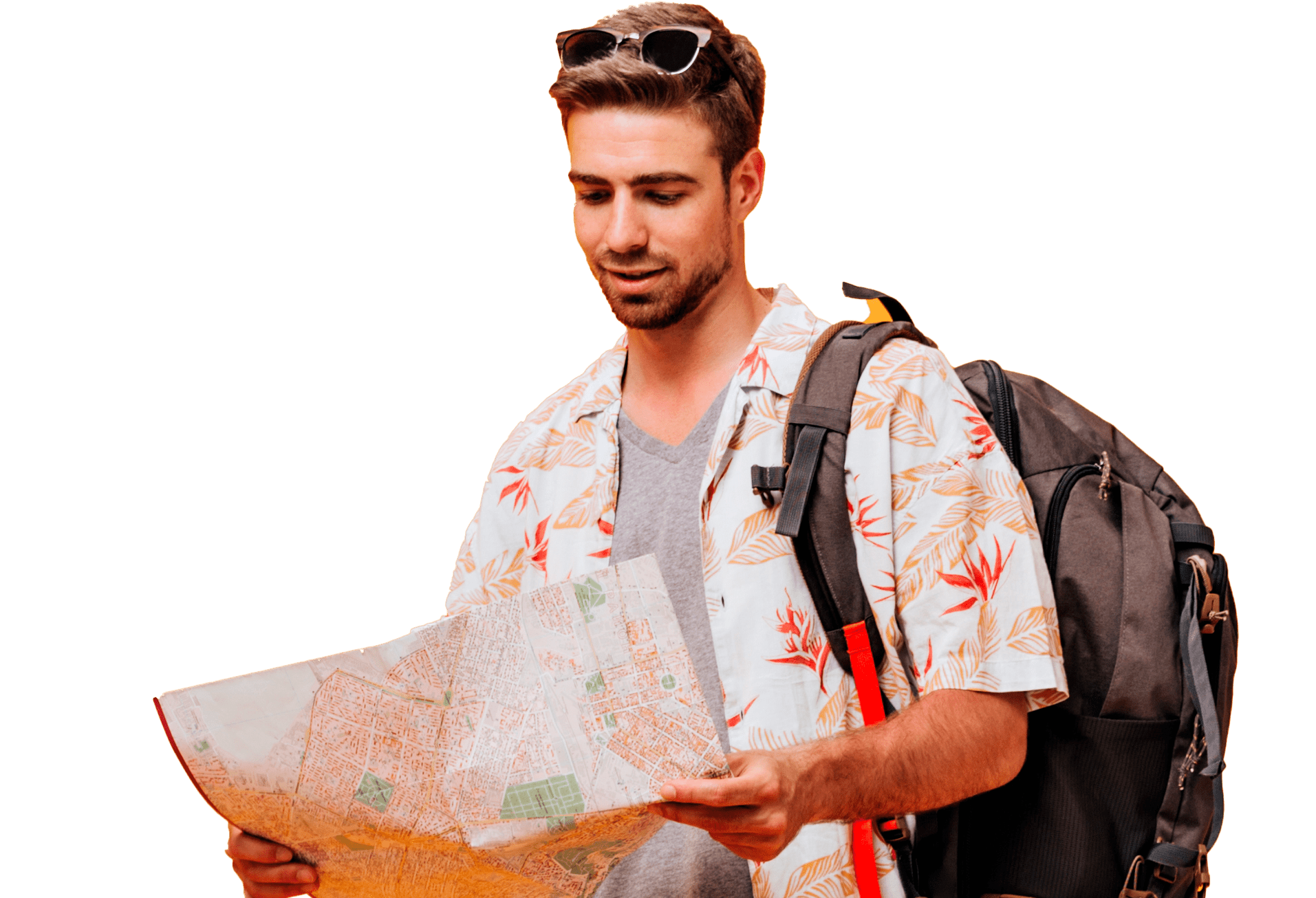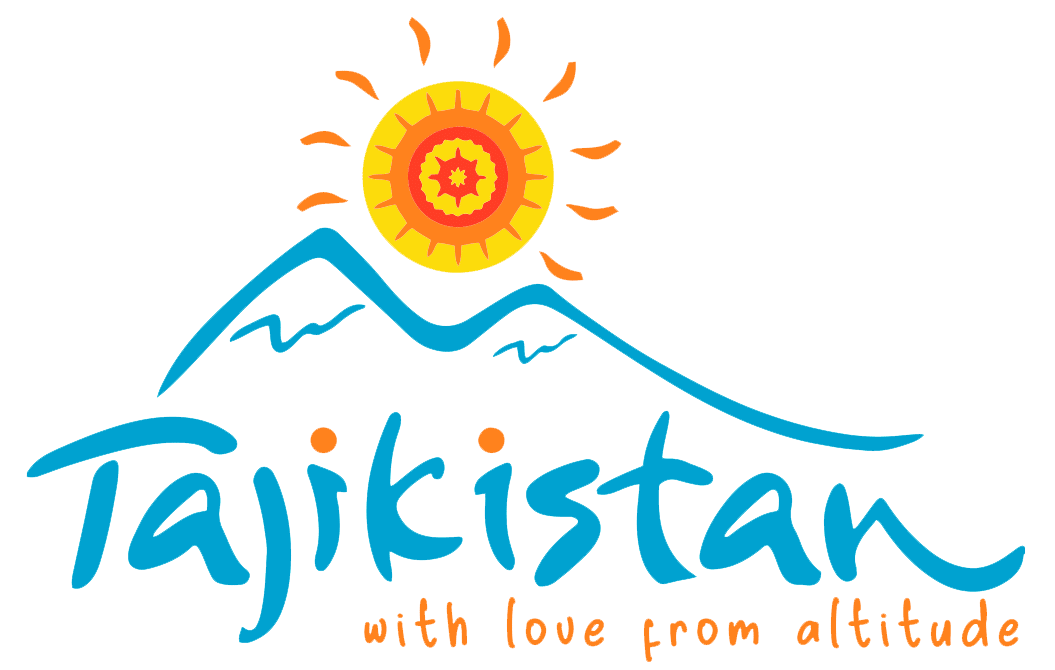The fortress of Qah-Qahha is located at the elevation of 2642 meter above the sea level. The fortress is located on the natural cliff at 125 meters above the left shore of the Panj (Oxus) river. It is 115km located away from Khorog, and 5km away from the centre of the Ishkoshim district. It is built on a huge rock by using local stones and mud. These fortresses controlled the movement of the caravans coming from India to Hindu Kush, and Wakhan, and then going the Eastern Pamirs of China. The fortress is built of stone and clay.
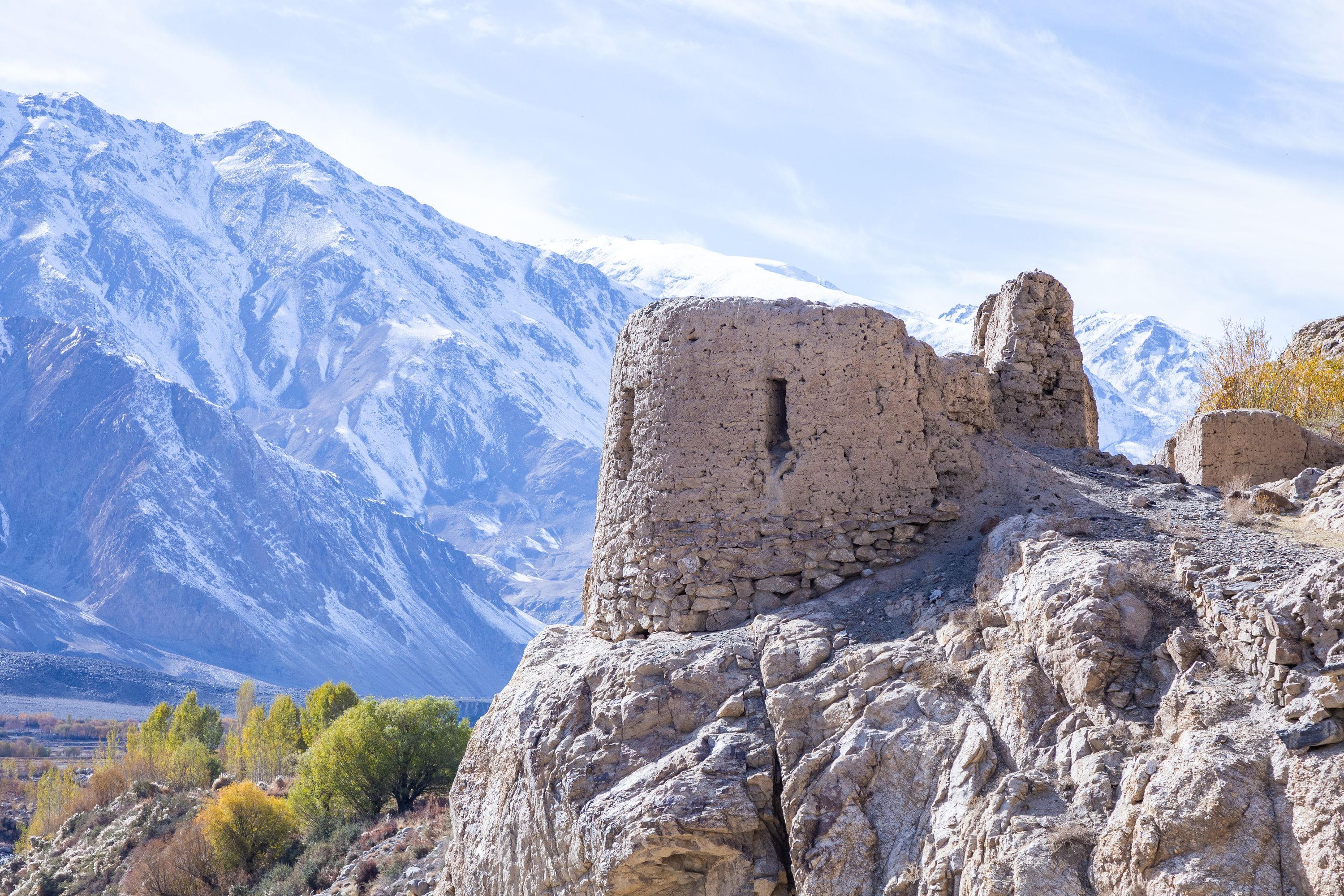
The length of the fortress is 675 meters from the west to the and 220 meters from the south to the north and from south to north 220 meters. The fortress consists of 56 round towers, which had served as watchtowers. The large size of the bricks of the fortress testifies that this fortress was built in the ancient times. The walls have many holes and places from where arrows can be short. This is complex architectural planning consists of three parts (citadel and two open grounds). Judging by the shape and forms of the bricks, discoveries of the piece of pottery, researchers established that the construction of the fortress continued during the reign of the Kushans. Most researchers, based on folk legends, had also attributed the fortress to the “siyahpush” (black weavers).

Legend about the Fortress
According to the legends, the ruler of this fortress was a huge man named Qahqaha. They were two brothers and two sisters. Qahqaha ruled in this fortress, and his brother Zangibor ruled in Yamchun and Isor fortresses. One of his sisters Zulhumor ruled in the fortress near Yamchun, and another sister Zulhasham ruled in the fortress of Siyahpushes in Wakhan of Afghanistan.
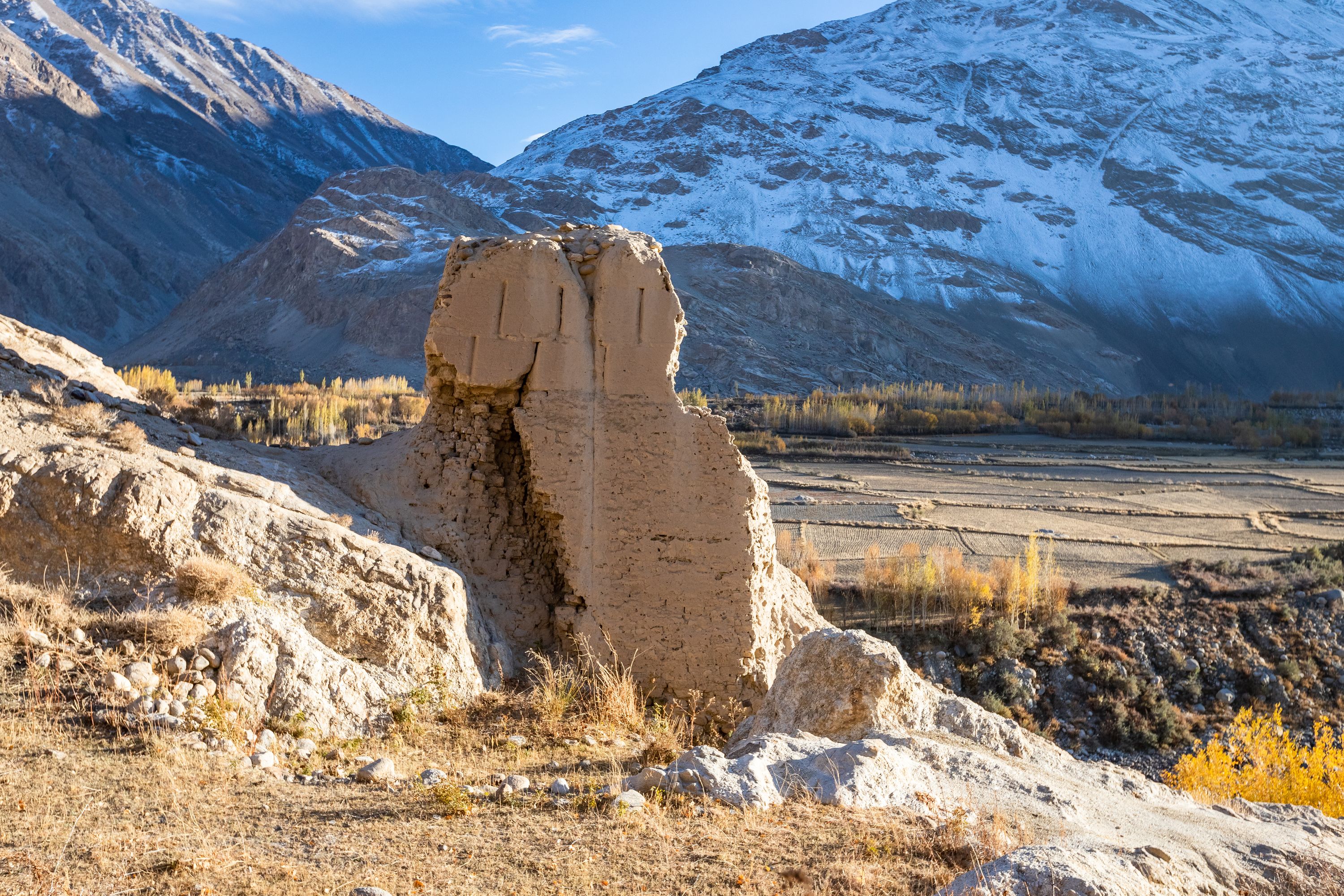
These siyah-pushes (black weavers) were all non-believers and oppressed local people. The Imam Ali arrived with his sons, Hasan and Hussein as merchants and entered into the fortress with the help of Qahqaha’s servant Mubashir. It is believed that Ali and his two sons won in all of the contests between the wrestlers in this fortress. Hence, he invited the ruler of the fortress to become Muslim. Qahqaha refused this offer, and Ali killed him in a battle. After this battle, some of the inhabitants of the fortress accepted Islam. Those who did not accept the new religion left to Kofaristan (place of the unbelievers).
Gallery
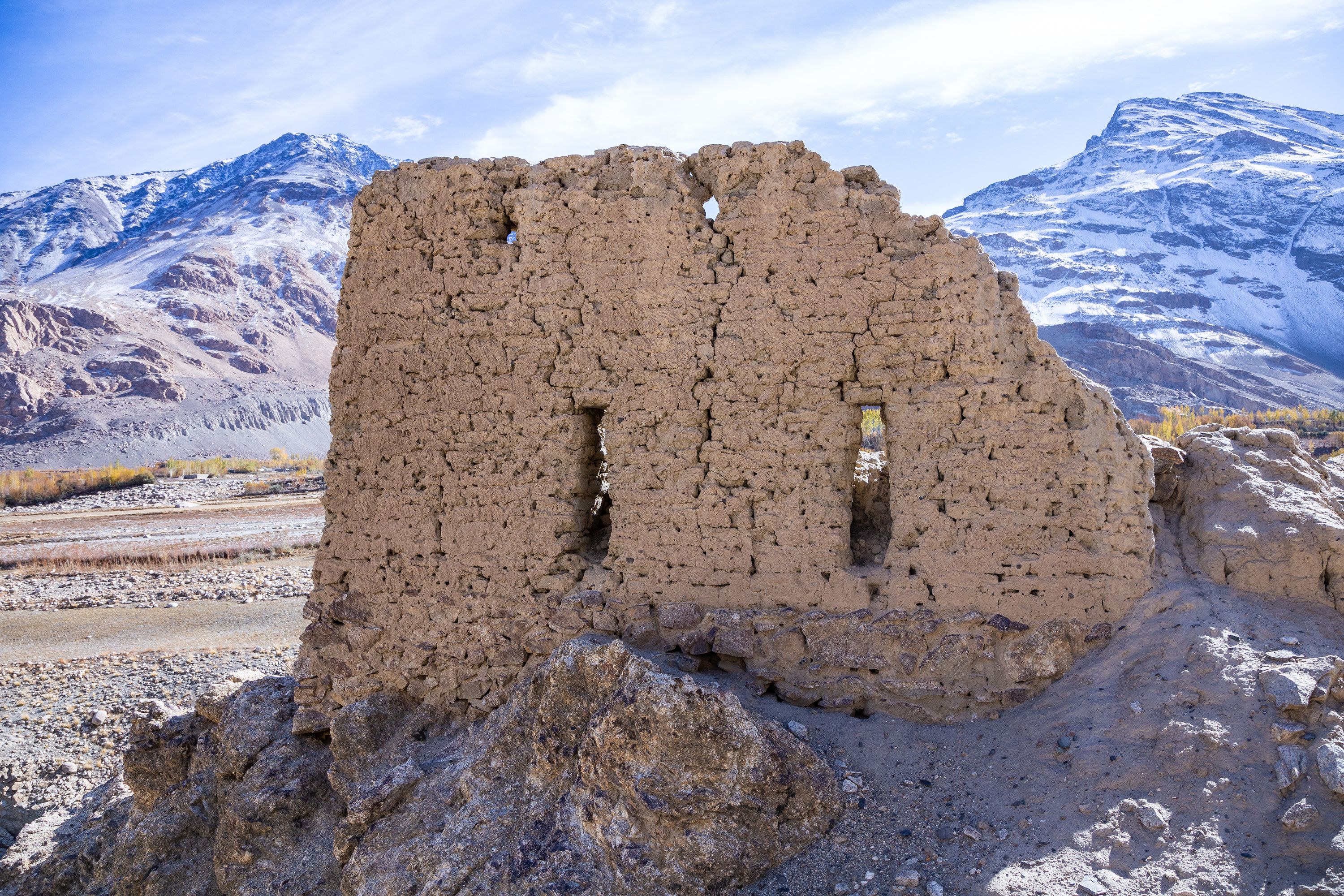
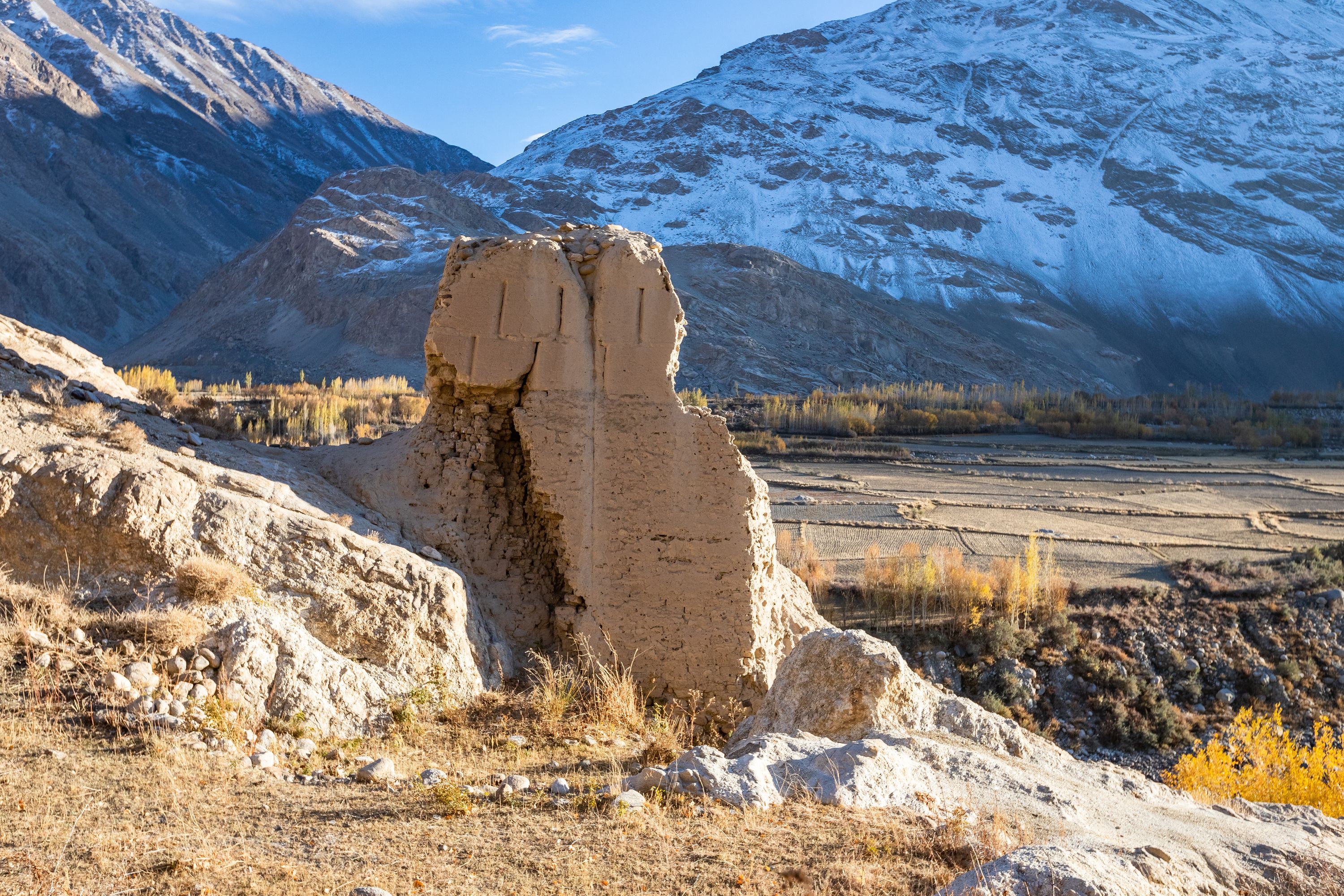
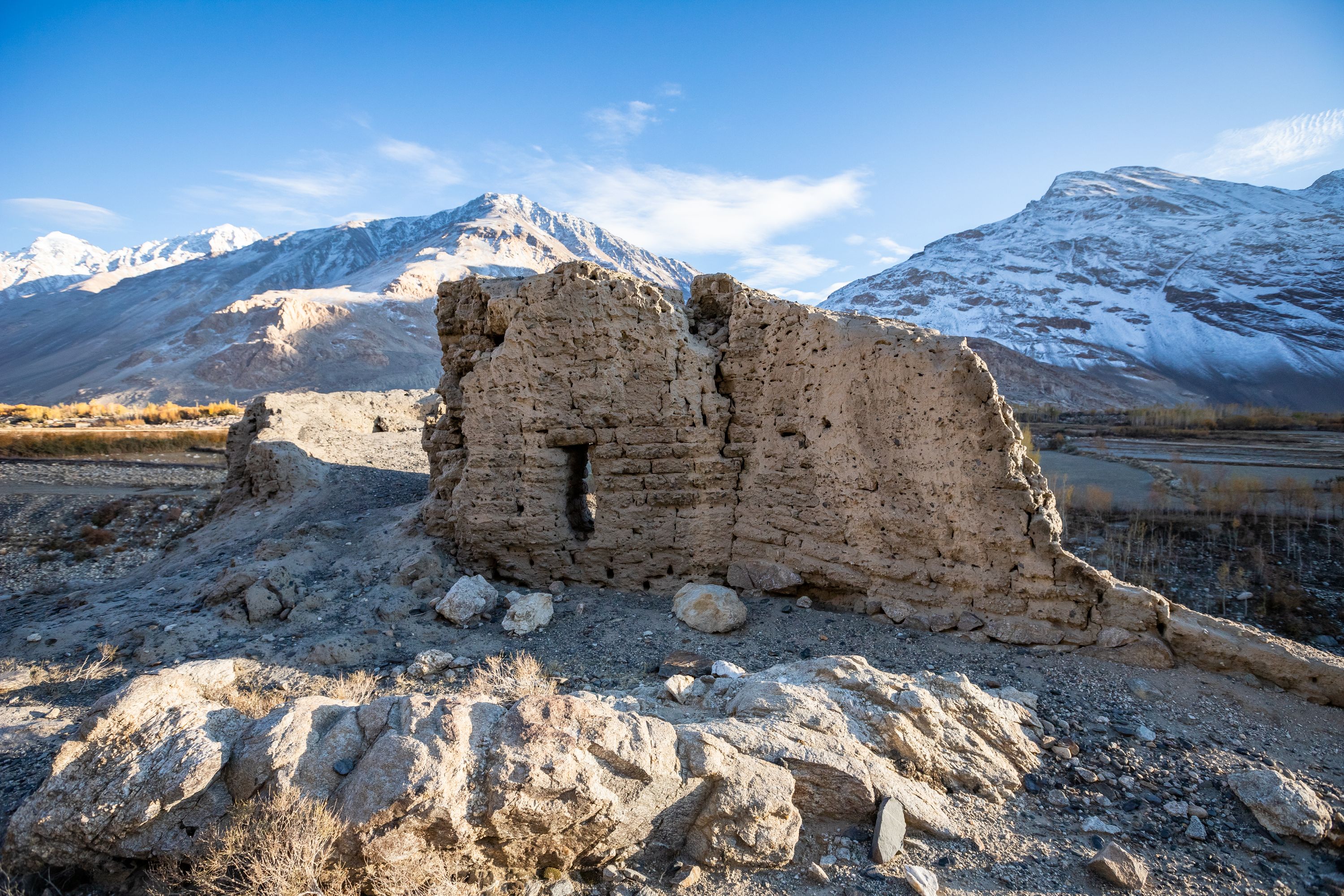





Travelling to the Site
The fortress of Qahqaha is situated on the main road connecting Khorog to Ishkoshim district. Visitors travelling to the site can take a taxi or join the shared public transport going from Khorog to Ishkoshim every day. The fortress can be also reached by travelling from Murghob to the centre of Iskashim. Ishkoshim is a border town connecting Tajikistan and Afghanistan via a bridge.
